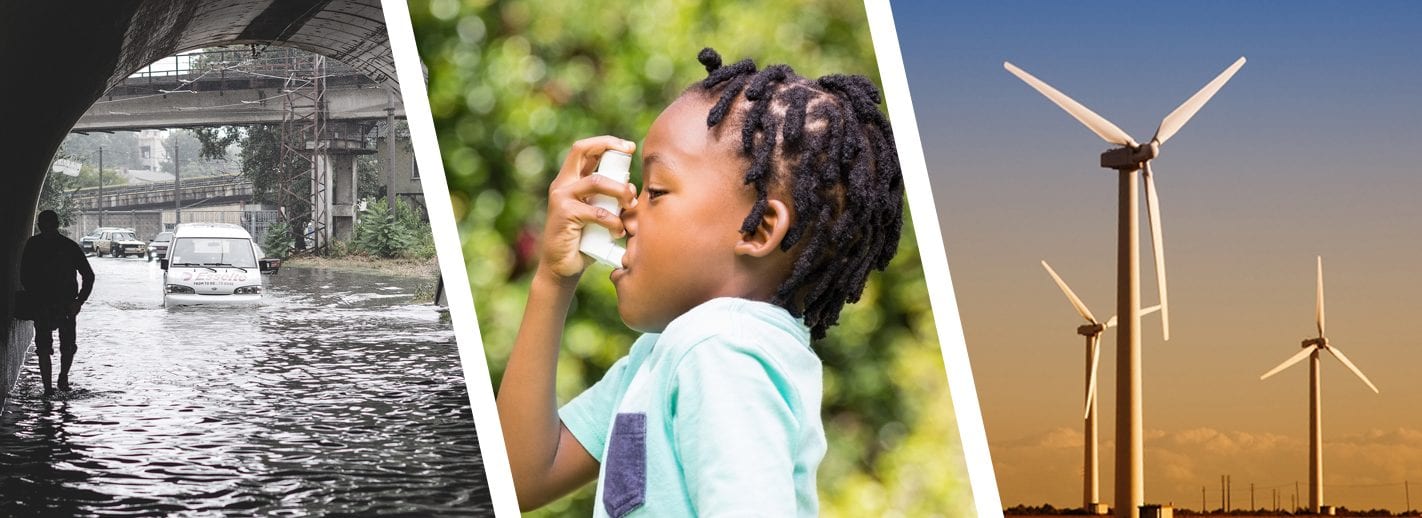“How Do I EOH?” is the theme and tagline for our revamped EOH Blog. It references actionable opportunities for EOH curiosities via national awareness spotlights, regional opportunities, and alumni testimonials. This publication aims to share additional context and resources with our department’s stake holders.
National Awareness Spotlight: October is Home Eye Safety Month.
- According to Prevent Blindness, this awareness extends to intentional efforts to avoid work-related eye injuries prevent missed work due to recovery time and permanent vision loss. A few of the factors contributing to these injuries include: mishandled tools, chemicals, and projectile objects. Remember to mind the eye-safety recommendations in your workplaces and encourage others to use appropriate eye protection!
- For Additional Context about this National Awareness or the occupation of Industrial Hygienists, you may be interested in contacting EOH Professor Peter LaPuma and exploring the American Industrial Hygiene Association.
Regional Opportunity: American Public Health Association
- Volunteers needed for the 2019 Environmental Justice Town Hall on Saturday, November 2held in conjunction with the APHA Annual Meeting in Philadelphia. Please note: you do not have to register for APHA to attend or volunteer at the EJ Town Hall. The event is free and open to the public. We are looking for volunteers to help with set up, clean up, note taking, time keeping, A/V coordination, and registration/sign-in. If you are interested and available, please fill out this very short and simple form to let us know your contact information and availability by October 19. If you have any questions, please e-mail Rebecca Rehr at rcrehr@gmail.com
Alumni Testimonial: Emily Youner, MPH ‘19
Please list your job title, employer name, and employer location.
First Year Medical Student at GW, possibly interested in Orthopedic Surgery.
What degree did you receive from GW? What was your concentration?
MPH, Environmental Health Science and Policy (’19). I completed the 5-Year BS/MPH program and initially focused on Health Policy, but took an elective that led to me switching my concentration to EOH.
What do you hope to accomplish with your degree?
My goal is to have an effect on patient care with individuals and impact population level health policy.
Looking back at your own experiences in the MPH program, what are some things you would tell current EOH students?
I would tell them that the professors in EOH are here to help you learn and apply skills. From my own experiences, they are responsive and respectful of learners. One example of this was a time when I had concern regarding a course assignment. I met with Professor LaPuma to reflect on current research and gain increased clarity. Another demonstration of care from professors occurred after I changed my concentration to EOH and Professors LaPuma and Applebaum provided scheduling support to ensure that I could graduate on time. I also wish EOH students knew more about their professors’ accomplishments. Given their humility and cool demeanors, it may be hard to gauge, but take the time to learn about their work and expertise in the field.
Please tell us about your current work and how you’re applying your education in Public Health in what you do.
As a medical student, I am assessing patients through longitudinal change and looking at other barriers to care beyond insurance status. One of my current courses, Patients, Populations, and Systems, is one of the most direct connections of public health themes to medical school curriculum, and allows me to apply my knowledge in a new way.
As a student, how did you get involved with the local community? What did you learn from your experiences?
For my professional enhancement hours, I visited THEARC in Southeast, DC, where former US Secretary of State Hillary Clinton was the featured speaker. Being present in the facility gave me a much more nuanced understanding of the community center and its green spaces. Both MPH students and faculty should explore needs assessment and work as partners with existing community resources like THEARC to take away barriers. It is also critical to not insert oneself as unilaterally knowing what is “right” for that community. When there is a need to share about a community’s plight, the public health programs at GW gave me the tools to be authentic and not do the work for optics. As community advocates, we must pass the mic and turn up the volume for people with greatest proximity to the dilemma(s).

